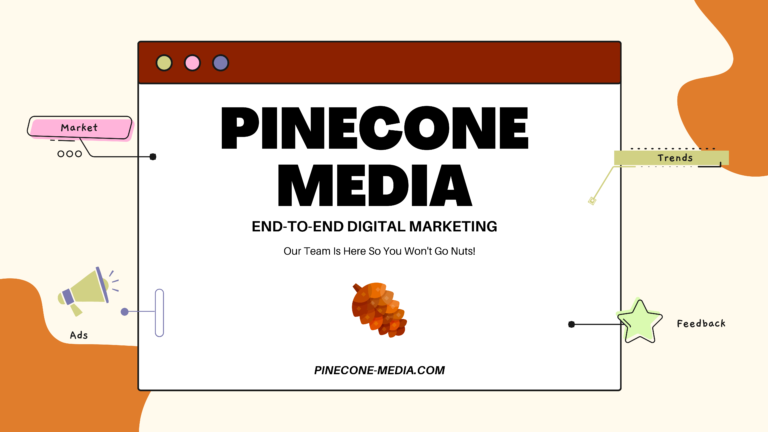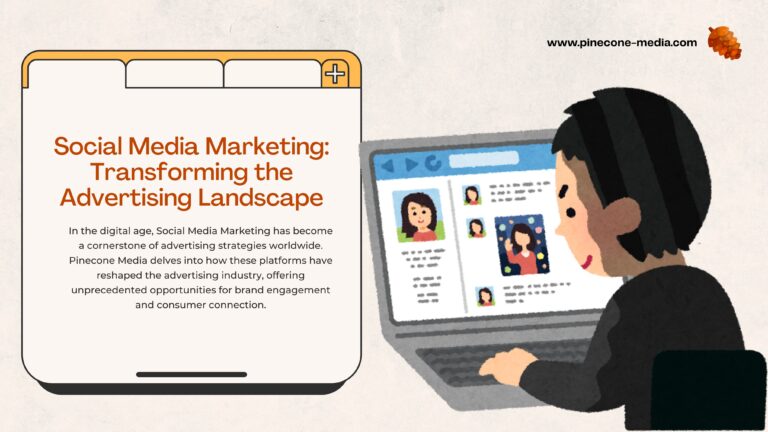When it comes to marketing, there’s no better way to reach your audience than by telling a story. The best stories are those that connect with customers on an emotional level and reflect their values, aspirations and concerns. But this isn’t easy: you need to do more than just tell an entertaining tale; you need to build trust and create a distinct brand identity in order for people to get invested in your story. That’s why we put together this guide for how to master the art of storytelling in digital marketing.
What is Brand Storytelling in Digital Marketing?
Brand storytelling is a form of marketing that uses stories to engage with customers. It’s about creating memorable and relatable experiences that set you apart from your competitors.
- How do you use brand storytelling in digital marketing?
- What are the benefits of brand storytelling?
Get to Know Your Customers
To get to know your customers, you have to understand what they want, need and desire. You also need to know their pains and problems. This is where the “5 W’s” come in handy:
- Who are they? (demographics)
- What do they want/need? (product or service)
- Where do they live? (location)
- When are they available for contact? (schedule)
- How do I reach them? (channel selection)
How to Tailor Storytelling to Your Customers
It’s important to know your audience. You can’t tell a story if you don’t know who it’s for and what they want from the experience.
Your customers are not all the same, so why should your marketing be? Every person in your audience has different wants and needs; therefore, each one will have different expectations of what they’ll get out of your product or service. They have their own personalities and preferences as well–and some may even be more interested in something else entirely!
When it comes down to it, everyone has a different background that affects their perspective on life (and therefore how they perceive things). This means that even if two people come from similar backgrounds when first meeting each other, over time those differences will become more apparent because each person develops into his or her own unique individual over time through experiences shared with others along the way.
How to Find Your Brand’s Voice for Storytelling
In order to find your brand’s voice, it’s important to listen. You can start by listening to what your customers are saying and how they’re saying it. When you read reviews or comments on social media, pay attention not just to the content but also the tone of voice used by people who have interacted with your products or services. What words do they use? How do they describe their experiences? Do they express frustration or satisfaction with the product or service being offered by your business? These insights can provide valuable insight into how others perceive both the brand itself and its products/services.
This information will help shape how future marketing messages are created so that they resonate with current customers as well as potential new ones who may share similar interests in terms of lifestyle preferences (e.g., “I’m looking for something light yet flavorful”) or personality traits (e.”I like bold flavors”).
How to Include Customers in Storytelling
To include customers in storytelling, you can use social media. Social media platforms such as Facebook, Instagram and Twitter are great ways to communicate with your audience and build relationships. You can also use customer stories (testimonials) or reviews on your website or social media pages.
When sharing these customer-generated content pieces with other potential buyers of your product or service, make sure they know how much time and effort went into creating them so they don’t think it was easy for you!
Tips for Using Emotion in Your Brand’s Storytelling
- Use emotional language. When you talk about your product or service, don’t just say that it’s the best thing ever; tell people why it’s so great. What does it do for them? How does it improve their life? If a customer buys into what you’re selling, there needs to be a reason why he or she should care about it–and that reason must be something other than “it’s cheap.”
- Use emotional storytelling. If you’re selling a product or service online (or even offline), there are no shortages of competitors out there trying to steal your customers away from under your nose with promises of lower prices and better deals than yours can offer; so instead of focusing solely on those factors when selling yourself as an option for consumers’ purchases decisions, try highlighting how much value each person gets from buying from you instead: how much work went into creating this item; what kind of effort went into finding suppliers who could provide quality materials at affordable rates; etc.
Incorporate Visual Storytelling
Visual storytelling is the use of images and videos to tell your story. The most powerful stories are ones that can be easily understood by any audience, so it’s important to make sure that the images you use are high quality, relevant to your story, engaging and clear.
Visuals also help explain complex concepts in an easy-to-digest way that doesn’t require much reading time from readers (or viewers). If there is one piece of advice we would give when incorporating visual storytelling into your marketing strategy: keep it simple!
By creating a distinct brand identity and storytelling around it, brands can build trust with their audiences.
You want to create a brand story that is unique and stands out. You want it to be authentic, consistent, and memorable. This can be done in several ways:
- Create a distinct brand identity (i.e., for example, the way you name your company or product)
- Create an overarching narrative around your business (i.e., what problem are you solving? Who are you helping?)
- Develop content on social media channels that speaks directly to customers’ needs in a relatable way
We hope this article has given you some ideas on how to incorporate storytelling into your marketing strategy. Storytelling is an effective way to connect with your audience, build trust and raise brand awareness. It can also help you stand out from the crowd by creating a distinct brand identity that people identify with. With so many brands competing for customers’ attention in today’s digital world, it’s important that businesses use every tool at their disposal – including good old-fashioned storytelling!





